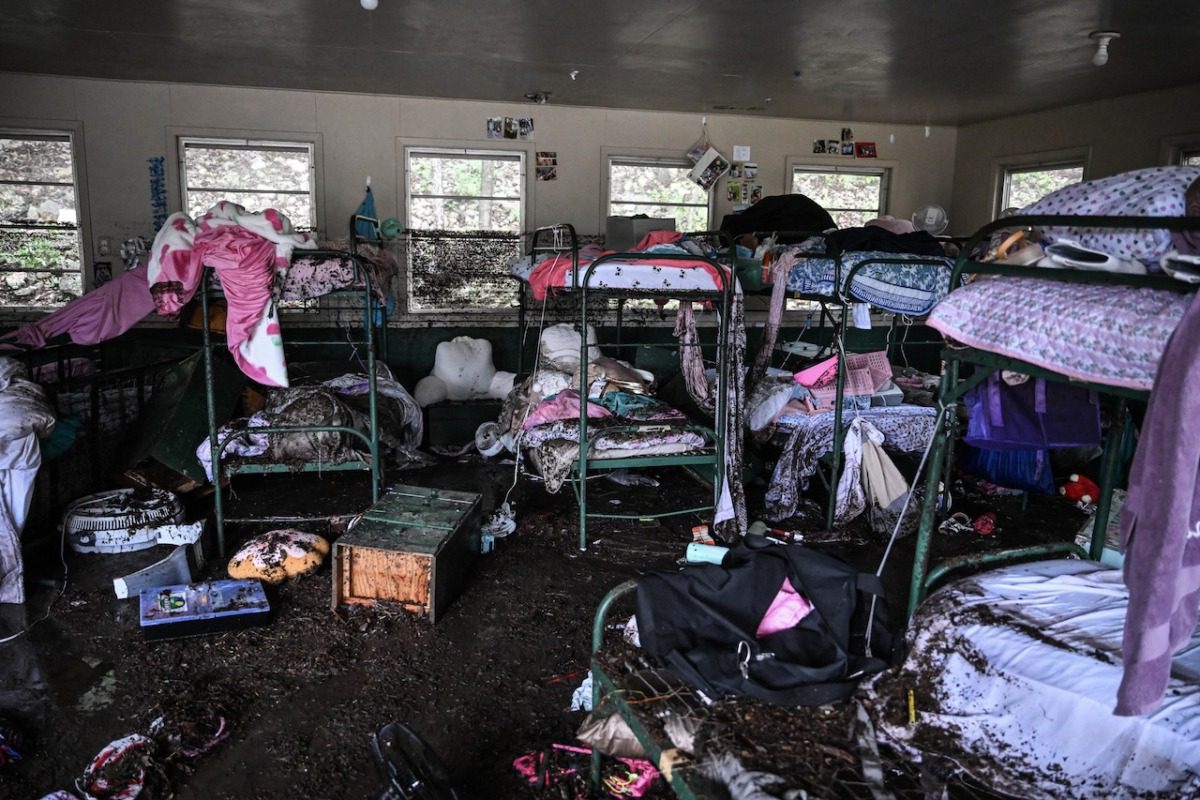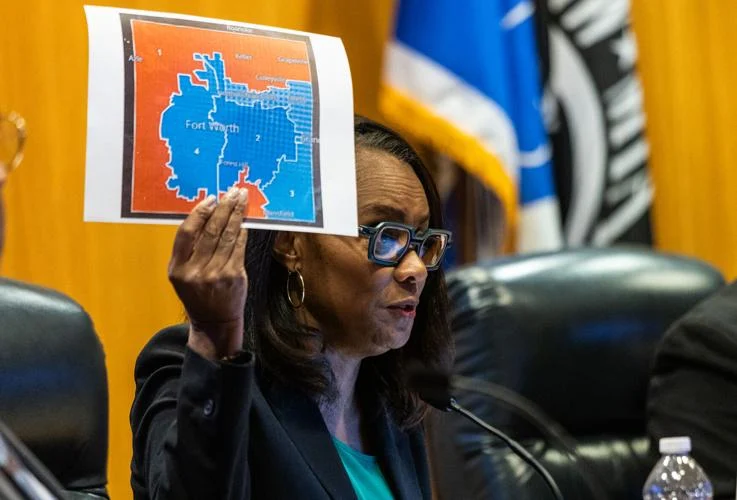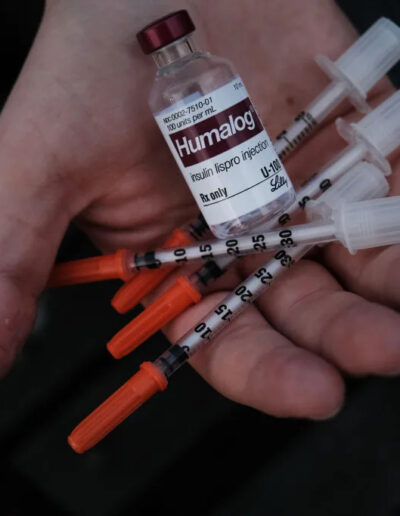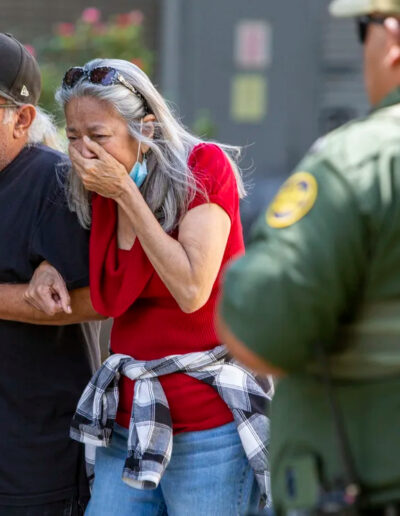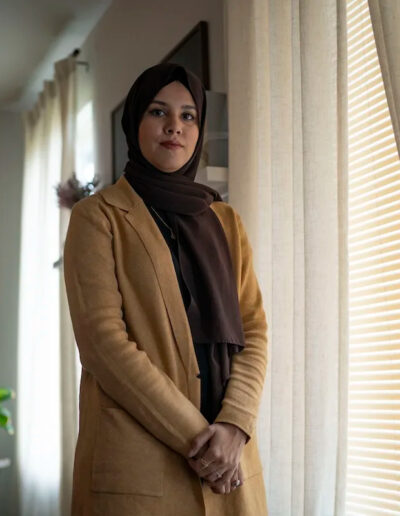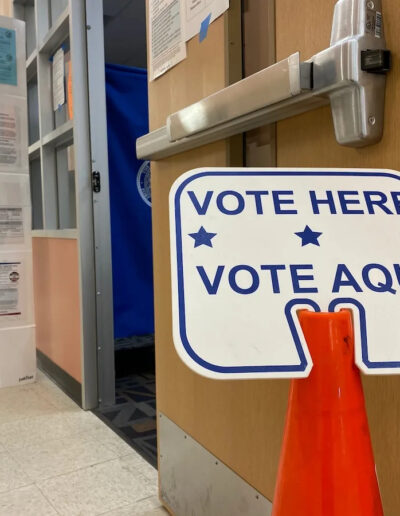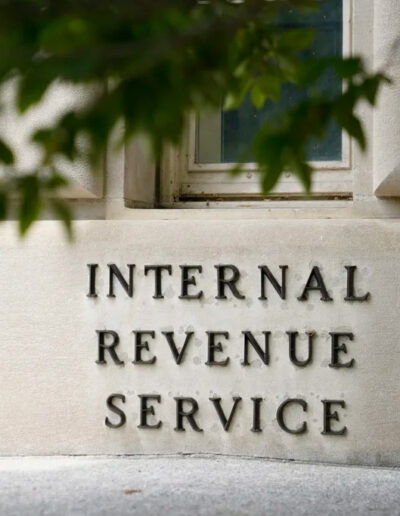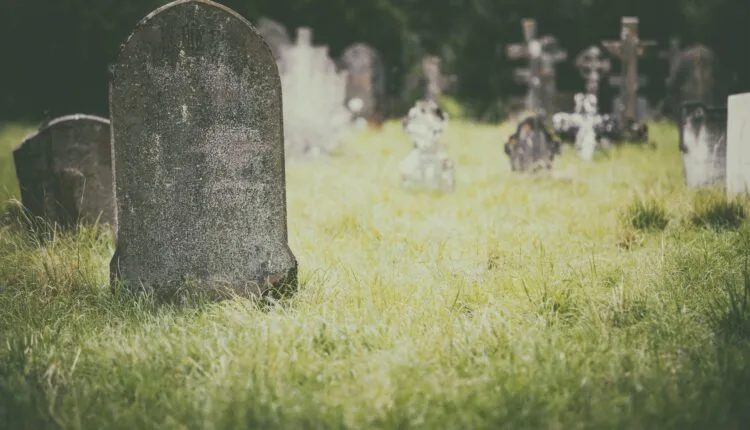
The oldest cemetery in Dallas is approaching its 200th birthday. Shortly after the Battle of the Alamo, William S. Beaty moved to the Texas Republic, settling on 640 acres along the Trinity River. On June 5, 1846, Beaty declared about 10 acres of the land to be used for burial purposes.
Beaty Cemetery, as it was initially named, later became Hord’s Ridge after Judge William H. Hord arrived. Decades later, in 1887, the cemetery was in regular use and received another new name: Oak Cliff.
Today, Oak Cliff Cemetery is home to many notable Dallas residents and is quite the historic look at the area’s past. Here are eight unique facts about the cemetery.
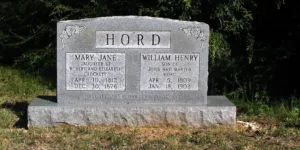
Photo courtesy of Whatknot via CC BY-NC-SA 2.0.
The first marked grave is from 1844
William S. Beaty’s brother, Josiah G. Beaty, was one of the first people buried in what’s now Oak Cliff Cemetery. He might be harder to find since his grave is unmarked, but you can more easily spot the very first official resident of Oak Cliff.
Martha A. Wright was born on May 24, 1844. She sadly died less than two months later and was buried on July 16, 1844. She’s the first marked grave in the cemetery and still rests there after nearly two centuries.
There’s an African American section
The southern part of the cemetery contains many graves of enslaved people and freed slaves, including the first Black residents of Dallas. It’s a stark reminder of the segregation laws that existed for a long time throughout the state.
Anthony Boswell is buried here; he helped build Elizabeth Chapel, a thriving spot for the African American community. Noah Penn, founder of the El Bethel Baptist Church, also has a grave in the southern section.
Many of the cemetery’s original records were destroyed in a fire
As far as historians can tell, nobody did any record-keeping for the cemetery until around 1905. That’s when William Merrick Miller, Jr. began a ledger and a set of cards on the cemetery’s residents. He continued updating the information over the next several decades.
By the late 1950s, Miller had created a new ledger book. When a fire broke out in the 1970s, that new book survived, but the rest of the records were destroyed. The Dallas Genealogical Society has surveyed the cemetery and remaining records to get a better picture of all the graves within the cemetery.
It’s a tall task — the cemetery has about 2,500 grave markers and even more (about 2,500 to 3,000) unmarked graves.
It’s a hotspot for mayors
The Oak Cliff cemetery has several notable residents in its grounds. Perhaps one of the most represented groups is previous Dallas mayoral candidates. Walk around the cemetery long enough, and you’ll find the grave of David Kerfoot, who served as Dallas mayor from 1876 to 1877. You’ll also spot headstones for George Sergeant (1935-1937) and George Sprague (1937-1939).
You might see bones after the rain
Think about when you’ve walked outside after a heavy rain. Were your shoes squishing in the ground as you displaced mud and puddles? A lot of rainfall can cause shifts in the ground — and what’s underneath it.
If you visit Oak Hill Cemetery post-rain or thunderstorm, you may see the bones of buried residents popping up out of the dirt and grass. This sight is a rare occurrence, but it is likely due to the land recovering from decades of disrepair.
Current-day (living) residents have helped with the upkeep
Larry O. Johnson Jr. is a member of the Tenth Street Residential Association. The street borders the south end of the cemetery, so residents are familiar with the state of the grounds. Johnson, who has a background in construction, led volunteer cleanup events a few years ago to help restore the cemetery.
Johnson reported that about 50 volunteers came every Saturday morning to help remove trash, overgrowth, and other debris.

Photo courtesy of Nicolas Henderson via CC BY-NC-SA 2.0.
Technically, no one owns the cemetery
A volunteer Board of Trustees governs the cemetery, using money from a trust fund established in 1955 for ongoing maintenance and upkeep. Every board member has a personal connection to people buried at the cemetery.
The board relies on donations and other charitable acts for regular income and asks families to maintain individual grave sites. These efforts remain an uphill battle. The cemetery went decades without any care, so there’s constant work to be done on the grounds.
There are no more active burials
Would you like to be buried in Oak Hill Cemetery? Unless you have a relative resting there already, it’s impossible.
The cemetery hasn’t sold lots for several decades, and the only burials allowed are when someone who’s part of a long-established family plot dies.
So, while you have a minuscule chance of seeing a burial happen during a visit, don’t hold out hope for one. Just enjoy the history and aura of the oldest cemetery in Dallas.
This article first appeared on Good Info News Wire and is republished here under a Creative Commons license.
READ MORE: WWII Monuments Men weren’t all men. The female members finally move into the spotlight




